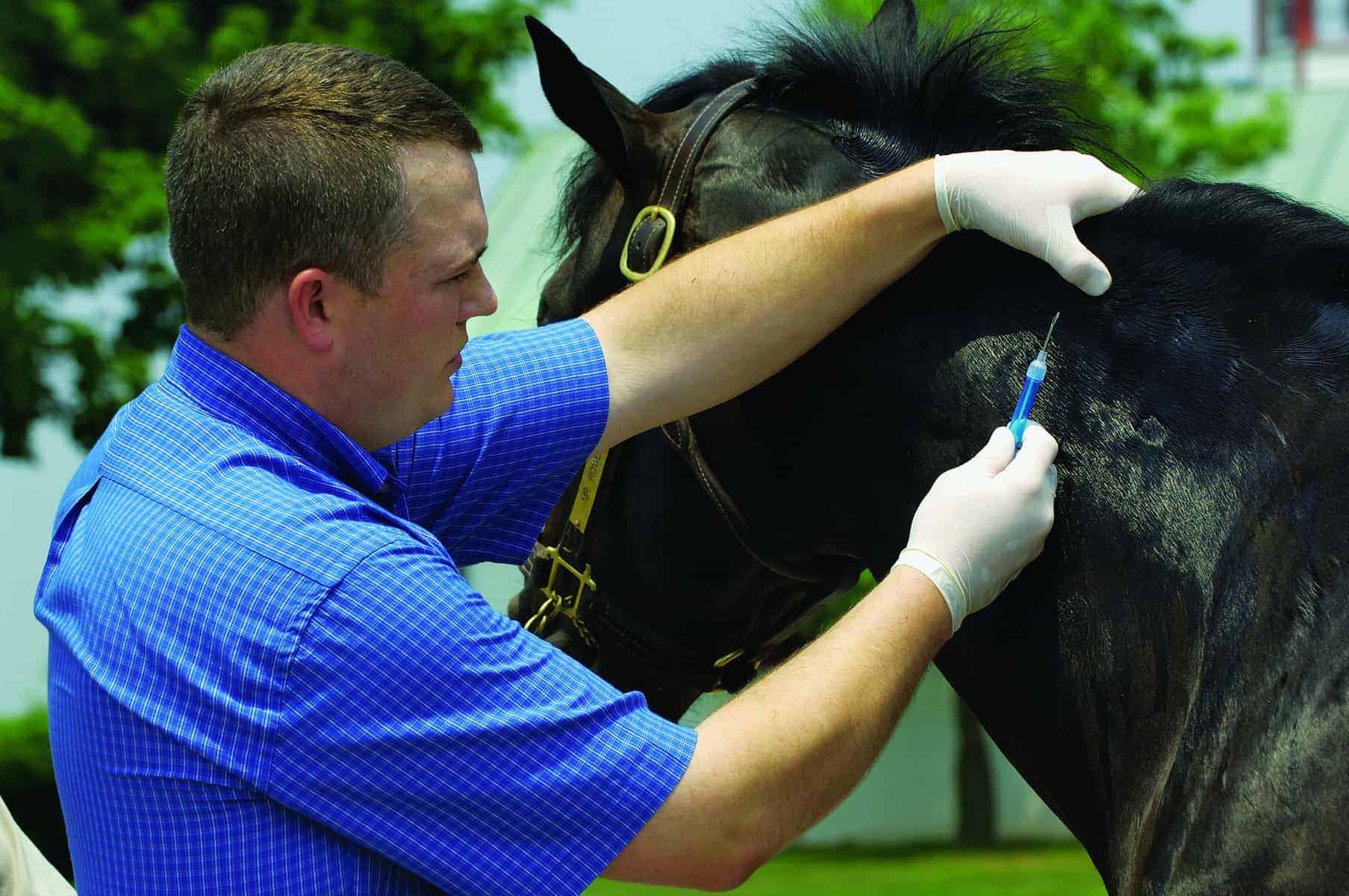The State of Microchip Use in Horses

More horse organizations are requiring owners to use this identification technology
Countless dog and cat owners can attest to the value of microchipping. These are the people who have spent sleepless nights agonizing over their pets’ disappearance and whereabouts until they receive that phone call with the comforting words, “Your dog is at the local animal shelter; we scanned him for a microchip and found your contact information.”
This practice of microchipping is also becoming prevalent throughout the horse world—but for reasons beyond simply IDing a lost equid. Many competitive organizations and breed registries are now requiring it for ease of identifying individual horses.
The Microchipping Process
Microchip implantation is a fairly innocuous process for horses—or any animal, for that matter. After scanning the chip to make sure it’s readable, a veterinarian uses a large gauge needle to inject the chip below the mane into the nuchal ligament on the left side of the neck, about halfway between the horse’s poll and withers. A new mini-chip is now available so that veterinarians can use a smaller-gauge needle for the procedure. This microchip and its surrounding glass-polycarbonate capsule is roughly the size of a grain of raw rice. The injection causes minimal discomfort to the horse and does not leave a scar. The chip is encapsulated within the ligament and unlikely to migrate within the tissue
Create a free account with TheHorse.com to view this content.
TheHorse.com is home to thousands of free articles about horse health care. In order to access some of our exclusive free content, you must be signed into TheHorse.com.
Start your free account today!
Already have an account?
and continue reading.

Written by:
Nancy S. Loving, DVM
Related Articles
Stay on top of the most recent Horse Health news with















